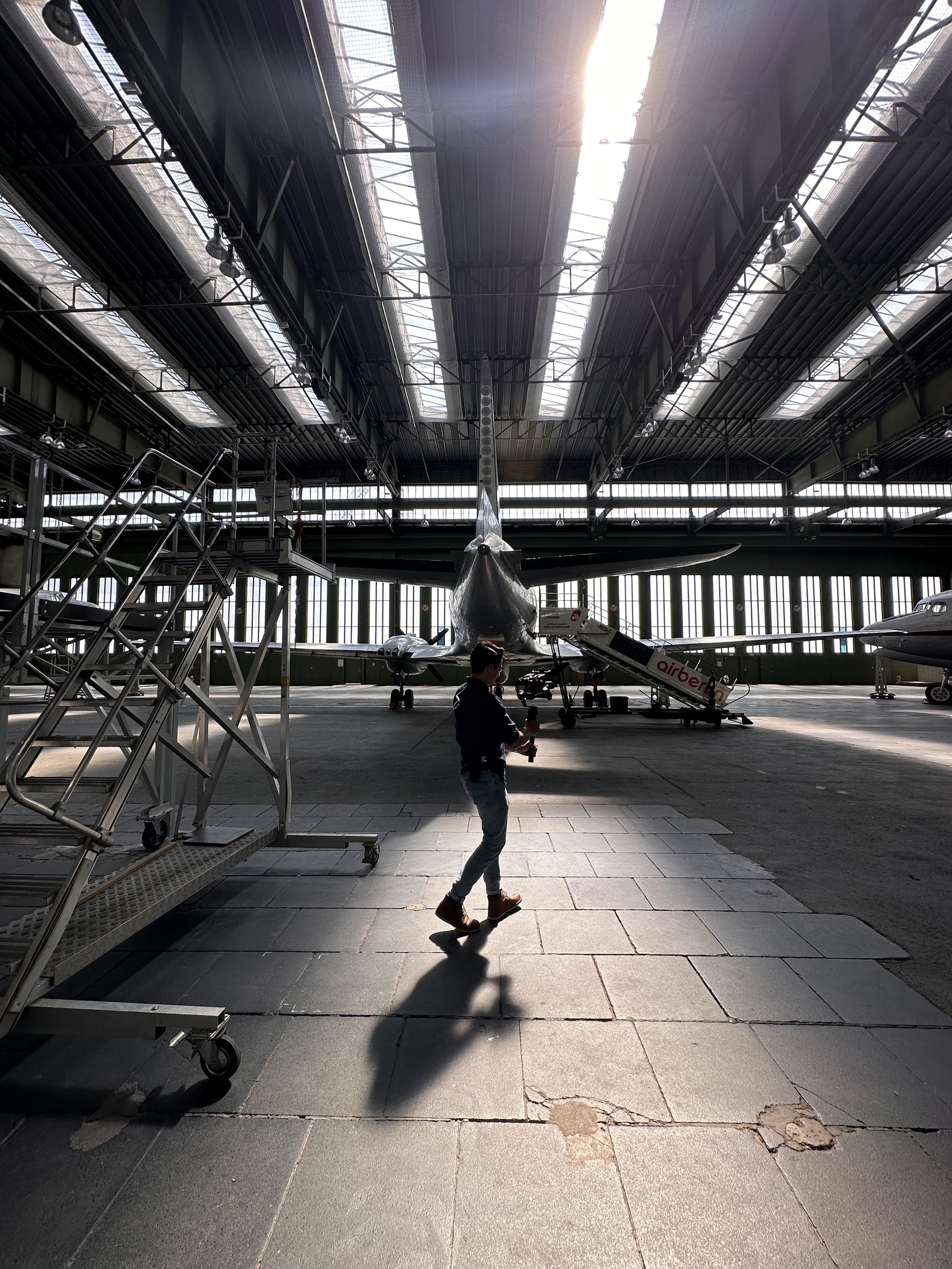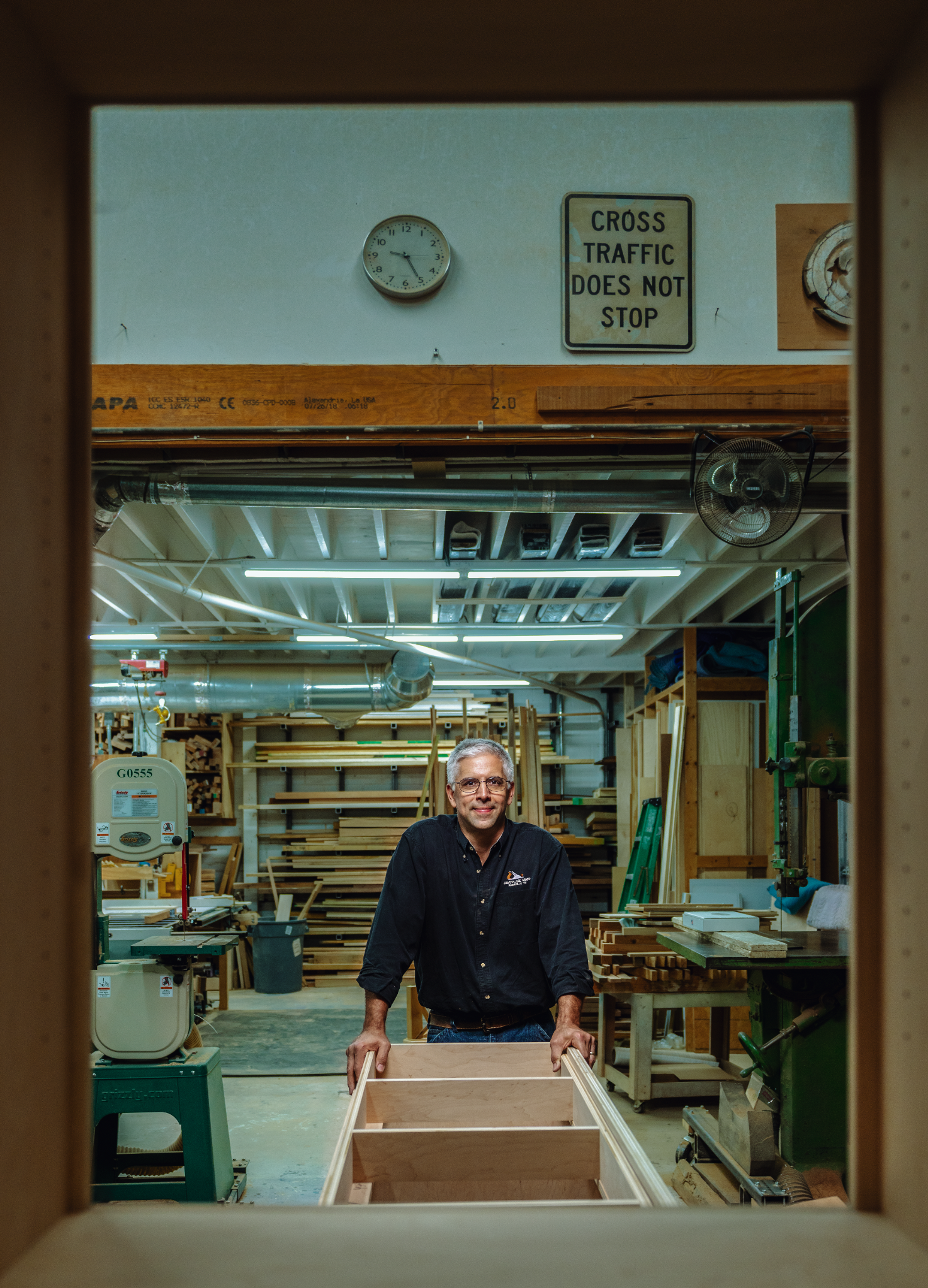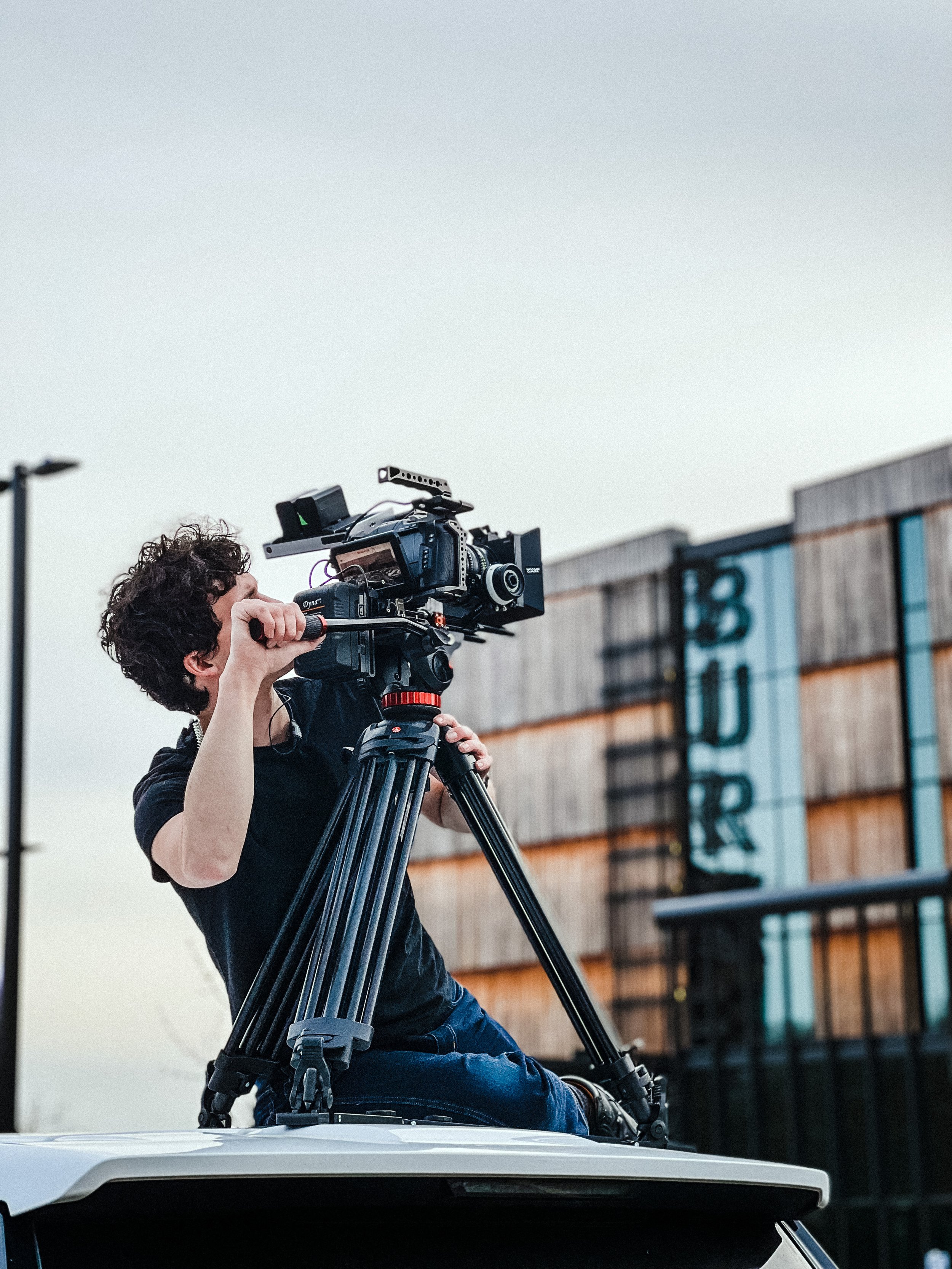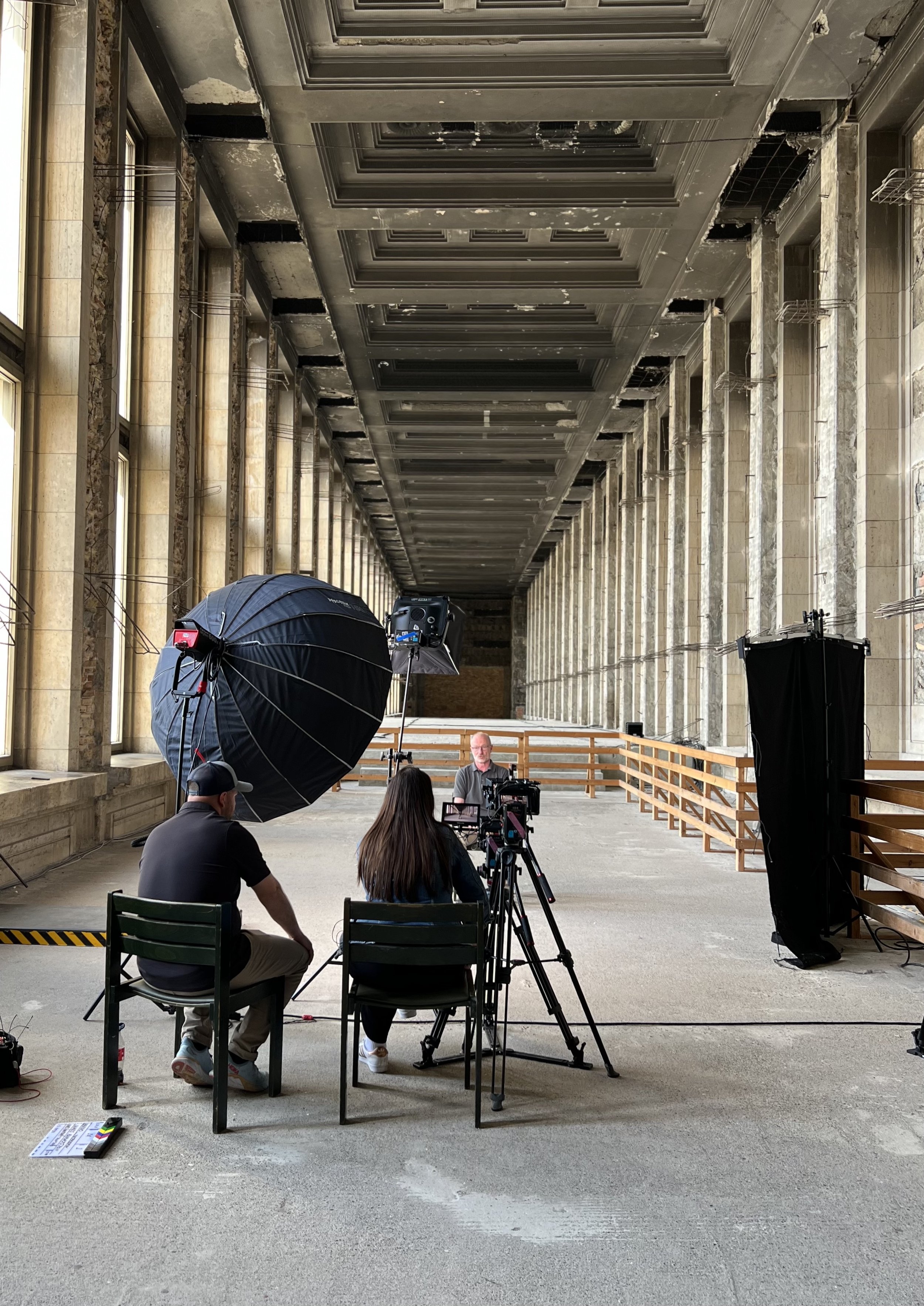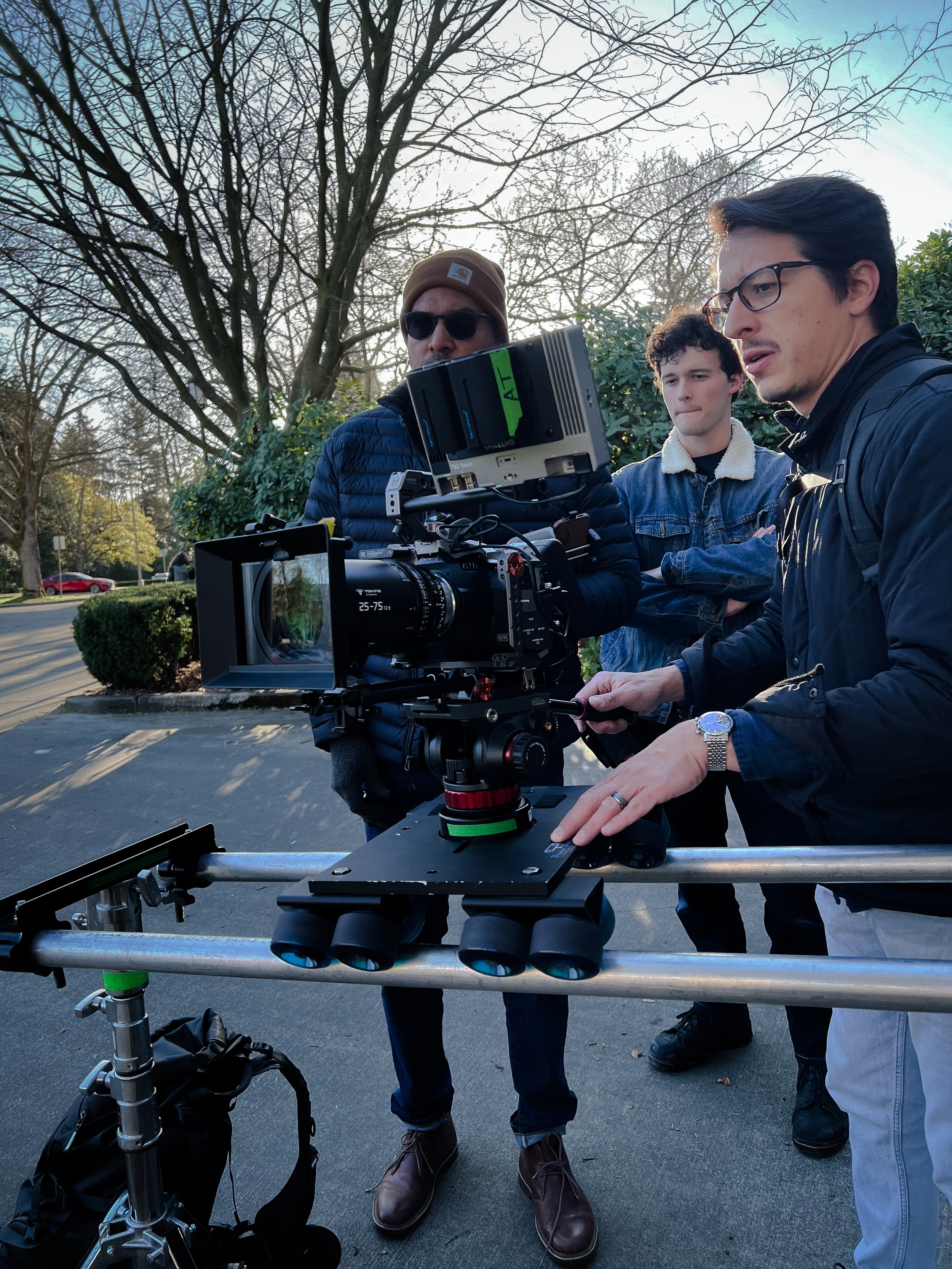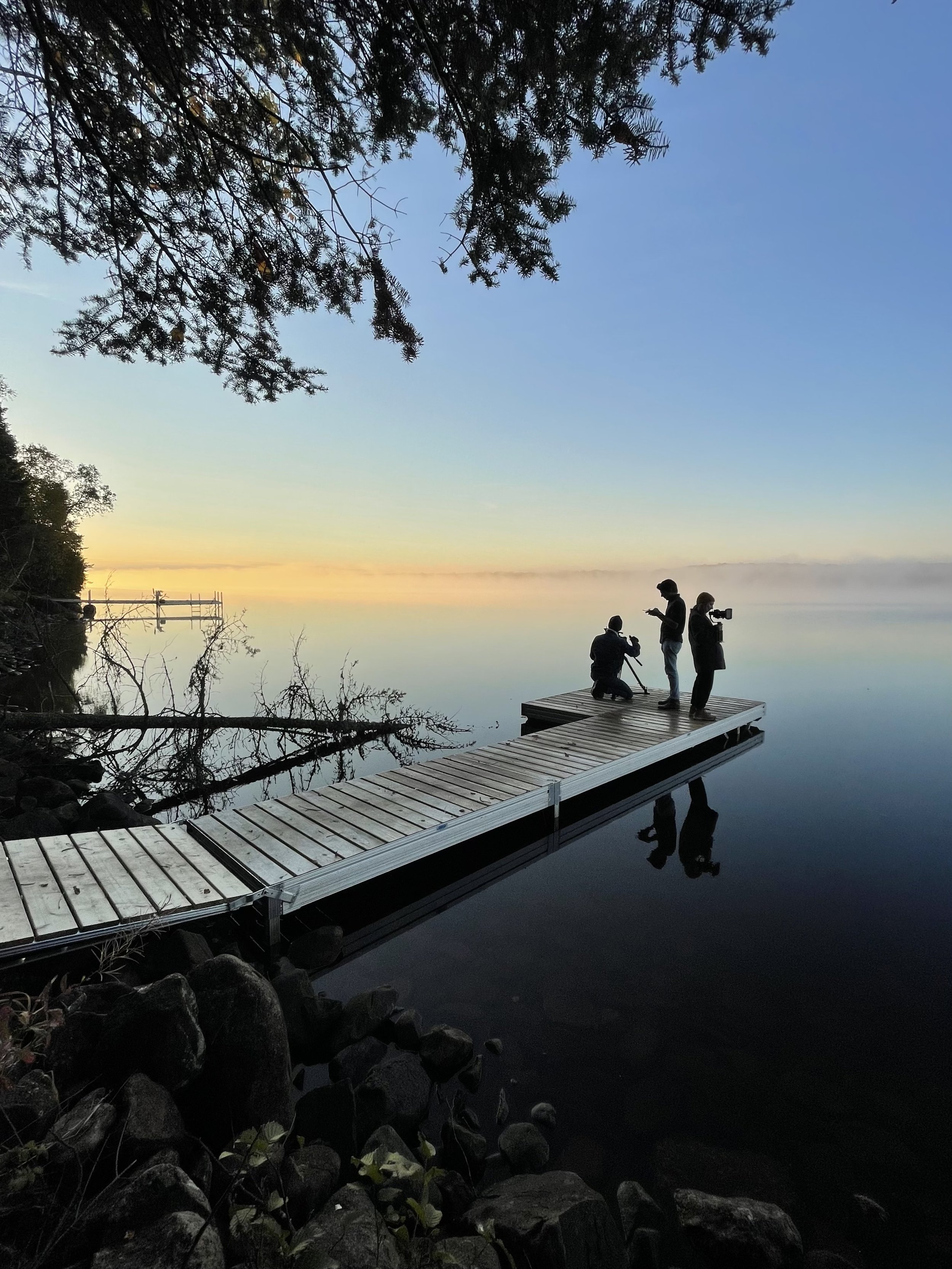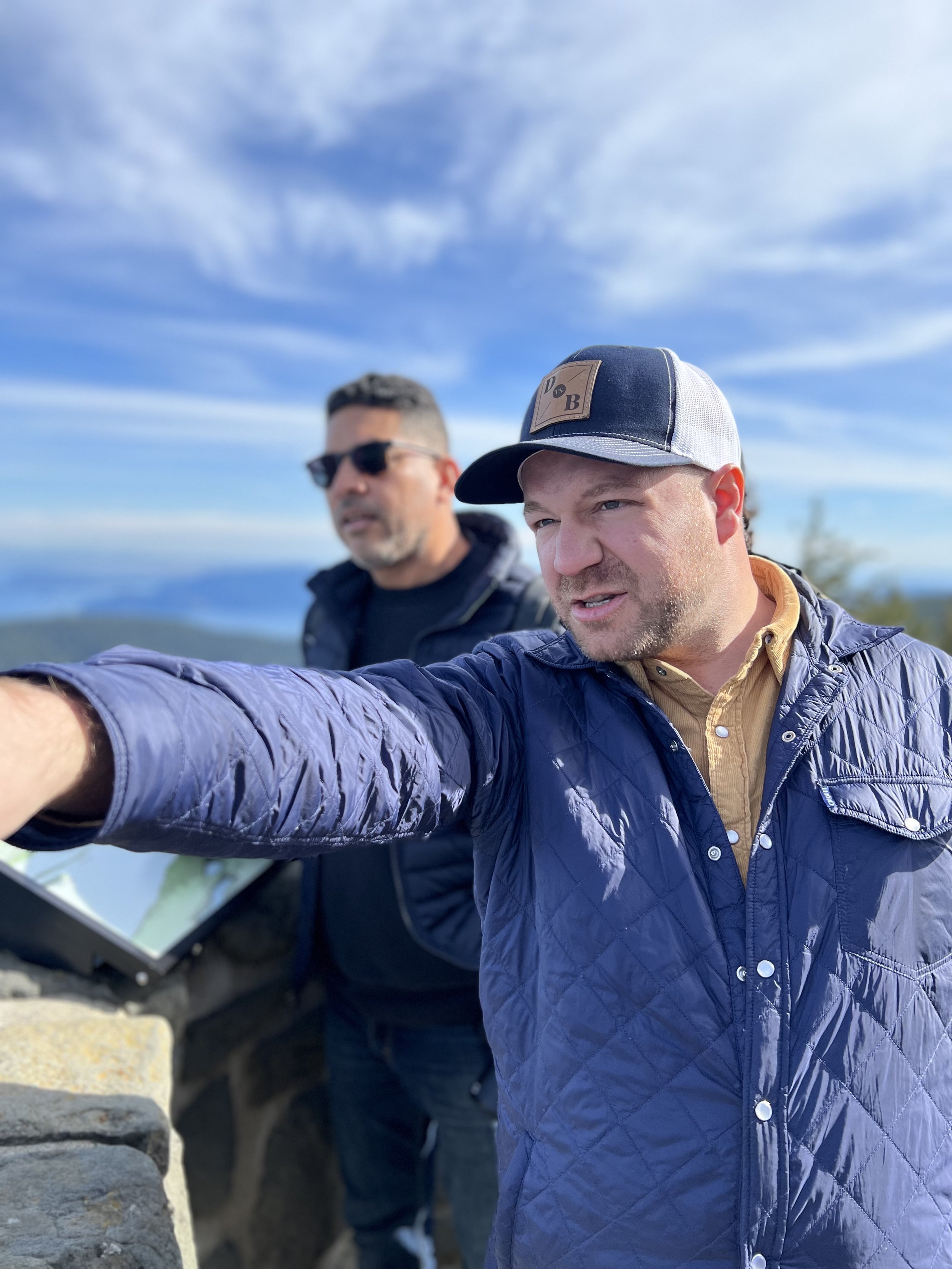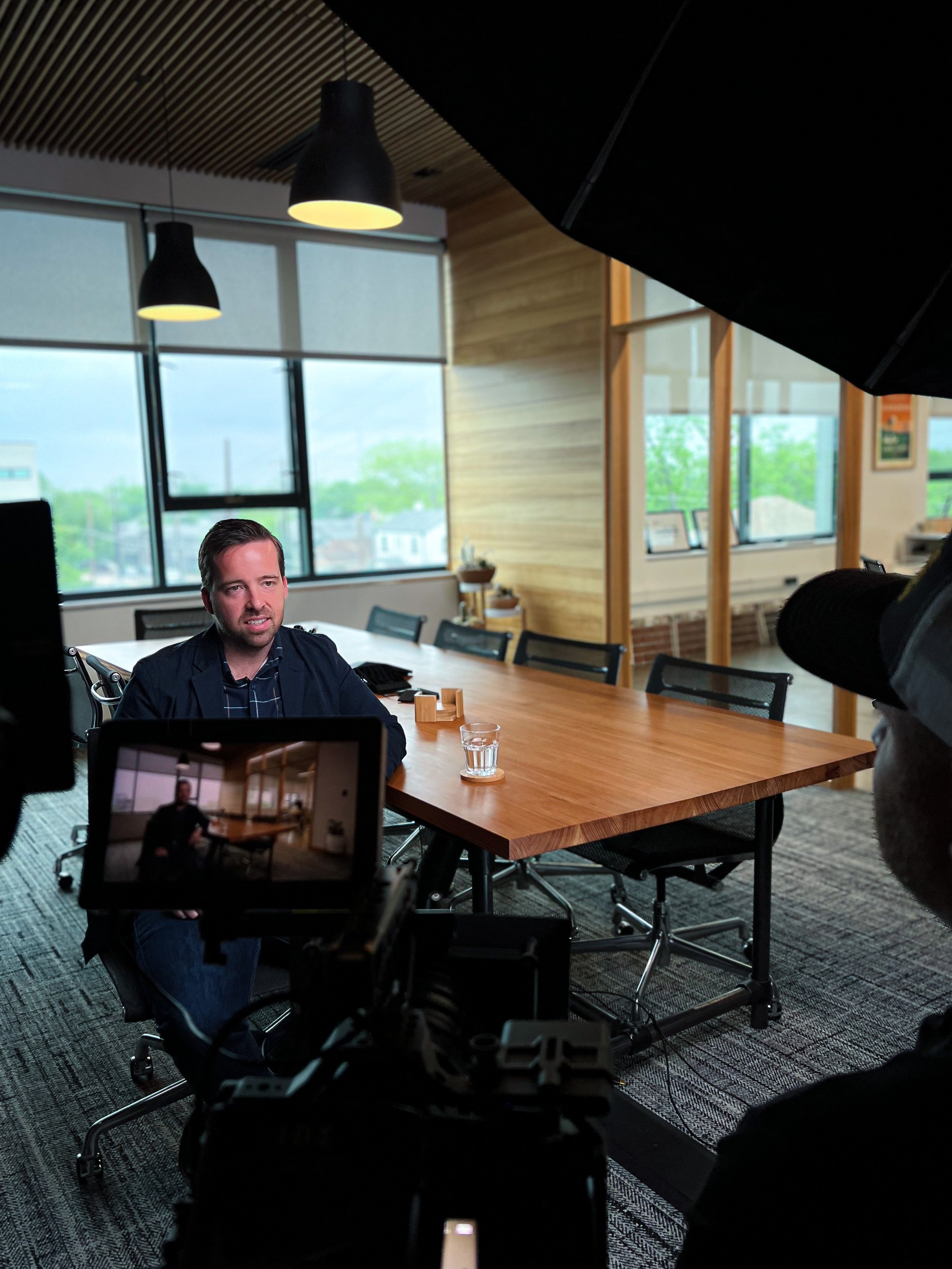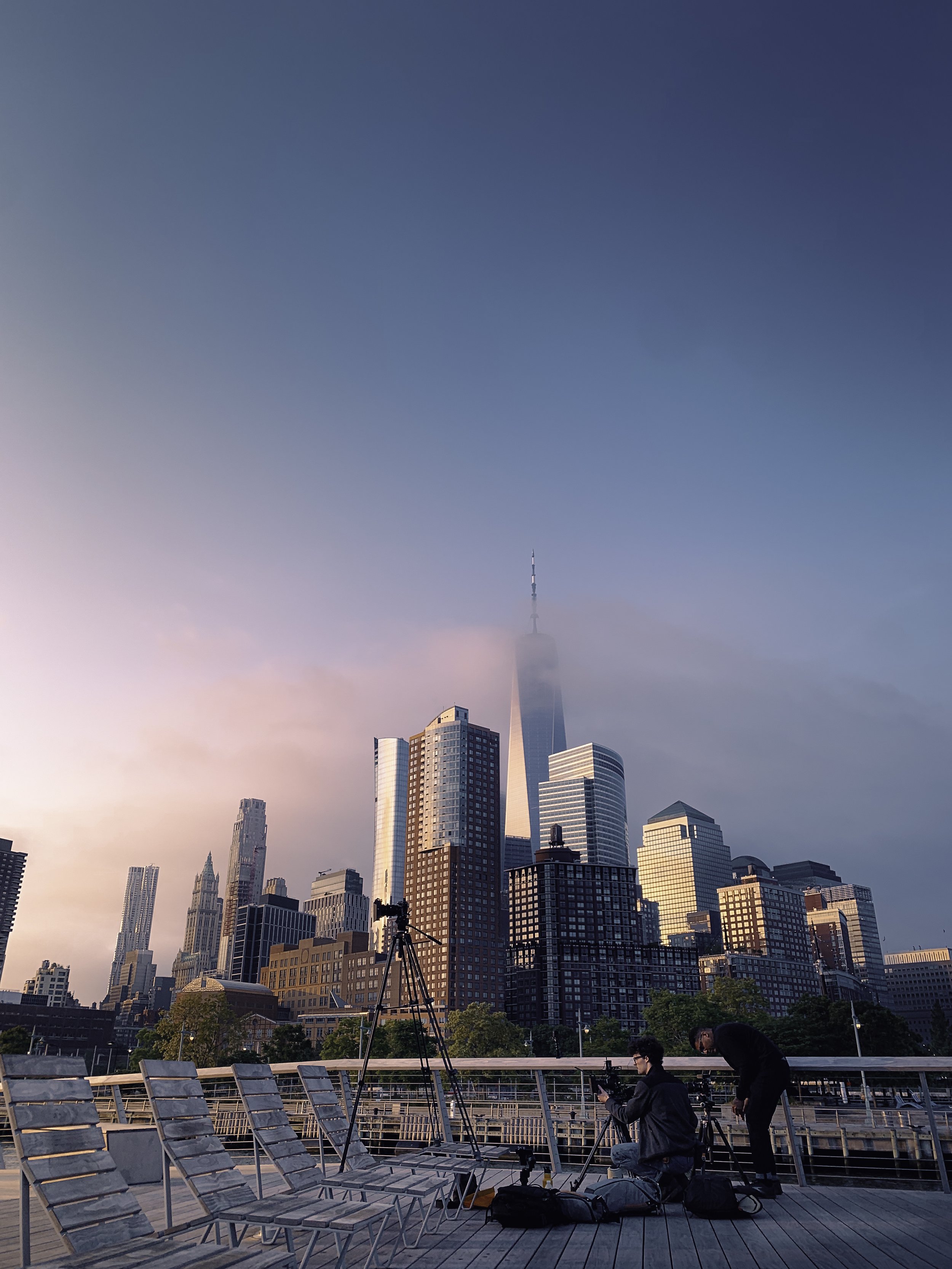Why brands should consider Documentary for marketing videos
Design vs. Build Interview | TheatreSquared | Fayetteville, AR
Fear of the unknown
To some, hearing the term “documentary” can sound too loosey-goosey, like you’re leaving productions up to chance and are planning to let the interviewees control the conversation. The idea of not having a lined-out script that’s been poured over for hours on end and a set of storyboard companions doesn’t sit well. You know you need to be creative, but what once sounded great in the conference room while you championed a “new way of doing things” has had its shiny new shell eroded by creeping anxiety and self-doubt as you sit alone in your silent office chugging your third cup of coffee.
“What if we don’t get what we need? How can I guarantee that they’ll say what we need them to? How will we get by without our go-to verbiage peppered with industry buzzwords? Maybe this was a bad idea and we should stick to what we know works…”
We get it. It is scary and potentially risky to film this way, although perhaps not as risky as you may think. And, like always, with those potential ‘risks’ comes the possibility of a greater reward.
Varon Architectes Shoot | Bois-le-Roi, France
Exploring the unknown
So what exactly is documentary?
At its core, documentary is exploratory. You begin with a hypothesis and let the information gathered drive the final narrative. A good documentary is dependent upon the information-gathering skills of the team (**cough ** PEARL **cough **), their ability to follow down new paths and adapt on the fly, and - in the end - their ability to piece that info together in an engaging, thoughtful, and hopefully, cinematic way.
Since nervously sitting around campfires in the Stone Age, desperately hoping today’s not the day they’re mauled to death by a Saber Tooth Tiger, people have liked to tell and be told stories. This has been a primary way of passing down information in a palatable and memorable way via entertainment - this is what you’re going to do. With documentary, your goal should be creating content of and for your target audience by telling stories, in this case - their stories. Remember, people are at the heart of every [good] story and the personalities of the players and their struggles will be what others relate to. Everyone knows you love your product but hearing someone else say it and show how it benefited their work is a totally different story.
Documentary is about finding those stories, capturing them, packaging them, and then broadcasting them to the world.
Benefits of Docu-Style filming:
You have the opportunity to speak directly with customers and film real-world projects - This is typically the hardest thing for most manufacturers to get ahold of, which is why most marketers avoid it altogether.
You gain a backdrop of their personal histories, their environment and their unique challenges - Some of this is beyond something you could manufacture in a brainstorming meeting back at HQ and will elevate your piece to new heights.
You can gather significantly more content than what’s needed for the initial scope of work - which allows you to make more videos and video types than you could have envisioned if you had attempted to script everything.
You’re, by proxy, doing market research and gaining valuable feedback - directly from your customers!
Design vs. Build Shoot | Woodinville Whiskey | Quincy, WA
Makes sense?
GOOD! So, let’s throw caution to the wind, grab a camera, and ride out into the sunset to hopefully capture something of value! Right?
Hold your horses, buckaroo. Just because your production is fluid doesn’t mean there’s zero planning involved. In fact, there’s an enormous amount of work that takes place in the Pre-Production phase of documentary to prepare for your time in the field. You’ll spend plenty of time vetting candidates, doing pre-shoot interviews, researching locations, and loosely putting together what you THINK will be the story before touching a camera. We’ll delve deeper into the prep work for documentary in another post.
Let’s move on to some real-world examples.
Parkumentaries
Prior to working in the building industry, some of the Pearl Team crafted a Docuseries for the Parking Industry. That’s right: parking lots can tell a story.
Brilliantly conceived by Tiffany Yu and Kevin Uhlenhaker, ‘Parkumentaries’ were designed to tell the story of a handful of parking professionals in vastly different geographical locations and various industries: universities, beachfront tourist towns, and densely populated metros. The docuseries showcased how even though their client’s challenges were complicated and unique to their specific area, our client’s software was able to integrate easily to provide fast-acting solutions.
James filming for the Fort Lee Parkumentary | Fort Lee, NJ
Real-world customers, their challenges and their solutions documented - and this all came from the customer, NOT the people working at the company.
Below you can see the trailer for the Fort Lee Parkumentary.
Did these Parkumentaries do what they were designed to do? You’ll have to ask Kevin about that.
Design vs. Build
Fast-forward a few years and Ben Roberts and I created Design vs. Build. Originally produced by Kebony, DvB is an independent show crafted for the building industry. Each episode tells the story of an individual project and the challenges faced in dragging that project from the page into reality. The story is told through the eyes of architects, builders, and homeowners.
You can see the Design vs. Build series trailer here:
Along side of telling the story of the project and the people involved, which is put at the forefront of all we do, we are collecting targeted and extremely precious product testimonials, doing market research, and showcasing to other architects and builders the benefit of being featured on a Design vs. Build. Everyone wins in this scenario - They have an independent, non-branded piece to showcase their work and you, the producer/sponsor of the episodes, now hold Terabytes of footage of your customers utilizing your product in the real world to work with. This footage can be spliced up and repurposed for a myriad of additional content pieces in the future. In Kebony’s case, we were able to collect enough architects giving their opinions on working with Kebony, its aging process and appearance, etc. that we were able to create multiple standalone videos addressing these topics, which Kebony’s customers commonly asked.
Filming for Design vs. Build: Pier 26
Both of these docuseries were part of highly effective marketing campaigns. The common thread between the two was the use of ‘real’ customers and telling their ‘real’ stories to create ‘real’ value for their audience (for real).
The moral of the story:
Get Creative. Get Bold. Take a risk to tell the stories of your customers, their challenges, and their successes. Focus on the stories your audience wants to hear instead of the story you want to tell, and your audience will find you.




